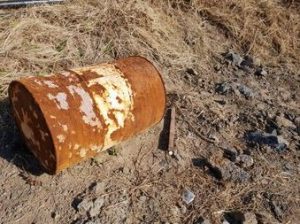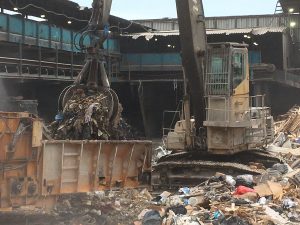Why is an Environmental Feasibility Study Important?
An Environmental Feasibility Study (FS) is a comparative process used to determine the best choice for remediation of a contaminated property, such as a listed inactive hazardous waste disposal site or Superfund project site, in New York State. An FS is used to develop and evaluate remedial alternatives against specific criteria and is used to streamline the process of reaching remedial objectives for site cleanup, while also making efficient use of time and money spent. Click here to read more about why an environmental feasibility study is important.
A Remedial Investigation (RI) Can Be an Iterative Process
An initial RI done following the listing of a contaminated site in a remedial program may lead to further questions rather than a straight forward answer on what remedy to use. An FS is performed along with an RI, and the two may be done concurrently. The RI is completed to gather and analyze data to determine the nature and extent of the contamination detected on site. The information collected during the RI is then used in an FS, where remedial options are evaluated. Additional RI or testing of remedial options may be necessary to get further information for consideration of particular remedies.
Helps to Establish Remedial Action Objectives (RAOs) and Goals
Wherever possible, regulatory agencies prefer a solution that results in effective reduction of hazardous waste toxicity, mobility and volume, thereby permanently reducing or eliminating contamination. It is important to determine if the goal is to get the site back to pre-existing conditions and if that is actually feasible. Low levels of contamination may be allowed to remain, if contained and no longer a threat. In that case, there may be engineering or institutional controls needed, such as restrictive covenants put on the site for future uses to keep particular sensitive receptors from exposure.
Considers Overall Protection of Both Human Health and the Environment
It is important to evaluate not only what has already been impacted by contamination at the site, but also the pathways for the contamination to reach future potential receptors, including humans (by inhalation, direct contact, ingestion, etc.), particularly sensitive receptors. This could mean issues, such as contaminants in groundwater that could impact potable water supplies, direct exposure in soil if someone was to dig in an unsealed area, or potential contaminant inhalation risks within buildings lying over contaminants. Additionally, the overall environment, including both plants and animals, must be considered. Potential consequences to implementing a particular remedy itself should also be evaluated. For example, could a selected remedy’s construction operations result in impacts to wildlife or environmental habitats, where one solution causes other issues that could also be costly and again a responsible party’s obligation to manage?
Need Help or Additional Information?
If you are entering into NYSDEC or USEPA remedial program or would like more information on the remedial process for these programs, feel free to contact Walden Environmental Engineering for a free consultation.


